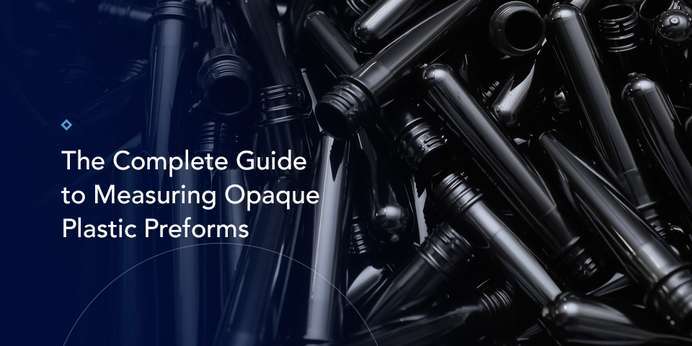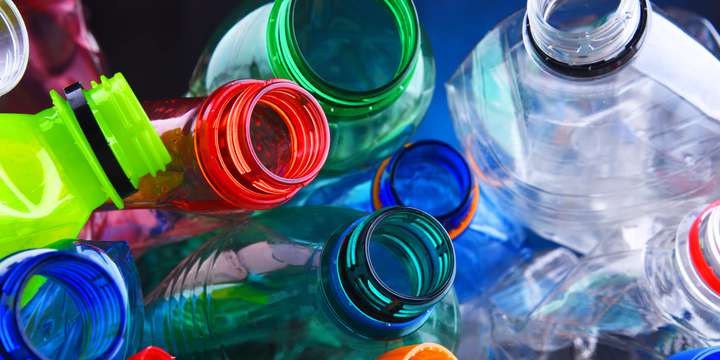A plastic preform is an essential component in manufacturing PET plastic packaging. It is commonly used to produce packaging for mineral water, carbonated and non-carbonated drinks, edible oils, and cosmetics.
Plastic preforms appear transparent, but various industries follow specific standards for the color of preforms. Measuring the color of transparent plastic preforms ensures compliance with industry standards and signifies excellent quality.
Factors Affecting the Color of Transparent Plastic Preforms
"It's transparent. Why are we discussing color?" This question probably came to mind when you read about measuring the color of transparent plastic preforms. In reality, there's a science behind it.
Color technology measures the color of plastic preforms, including opaque, translucent, and transparent preforms. Transparent preforms vary in color based on several factors. These are:
- Pigment load: Pigments are particles added to the plastic to give it color. This process is why Sprite bottles are green and water bottles have a tinge of blue — blue pigments help offset yellowness from using rPET and post-consumer regrind. Pigment also influences the plastic's performance in terms of heat resistance, transparency, and durability.
- Additives: Plastic additives are typically added during the manufacturing process to optimize the material. However, additives like oxygen scavengers can change the color of plastic.
- Overheating: The molding process of plastic preforms involves high heat, which can cause thermal degradation resulting in discoloration. This explains the yellowing of plastic after the final molding step.
Aside from branding, industry standards, and aesthetic purposes, color also plays a crucial role in the recyclability of preforms and other plastics. Color variation forms part of a color-coding system that promotes sustainability and eco-friendliness.







